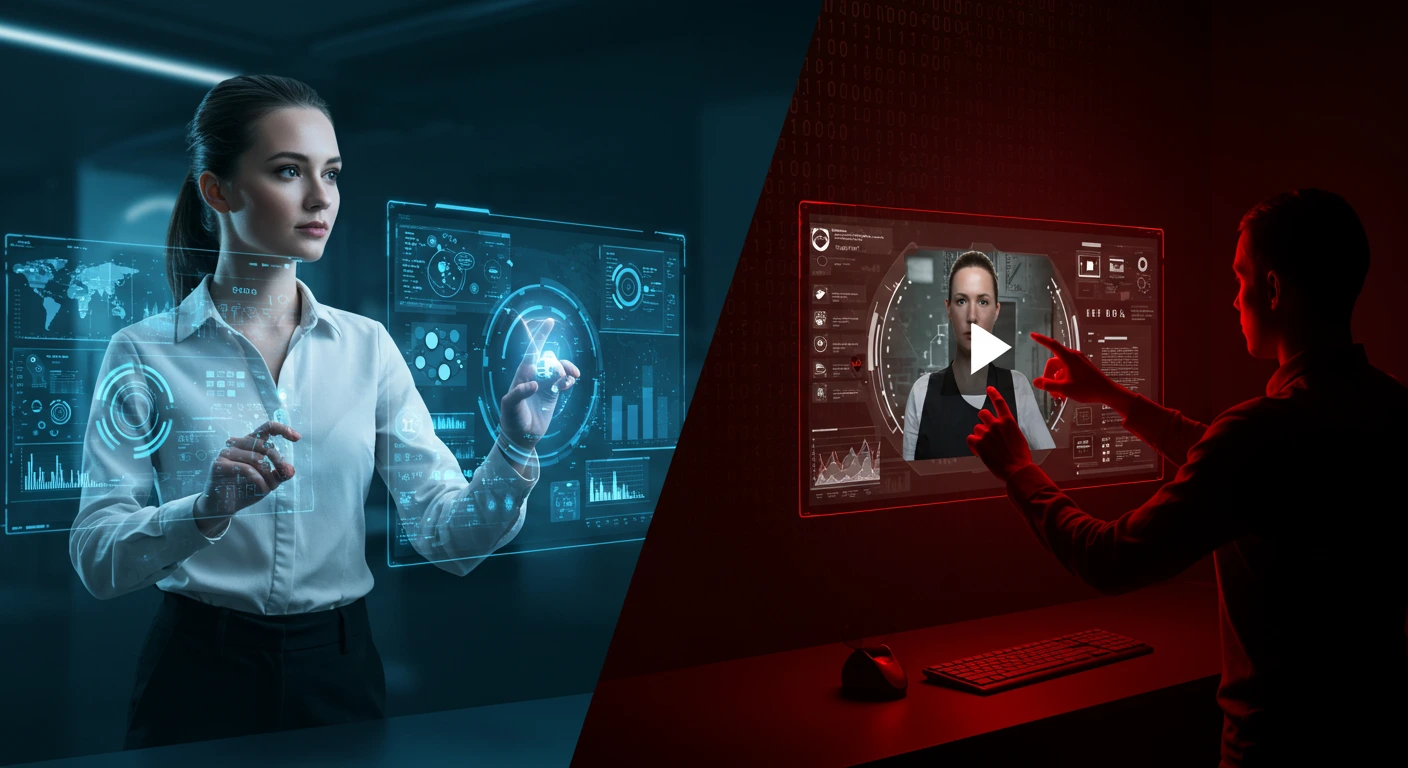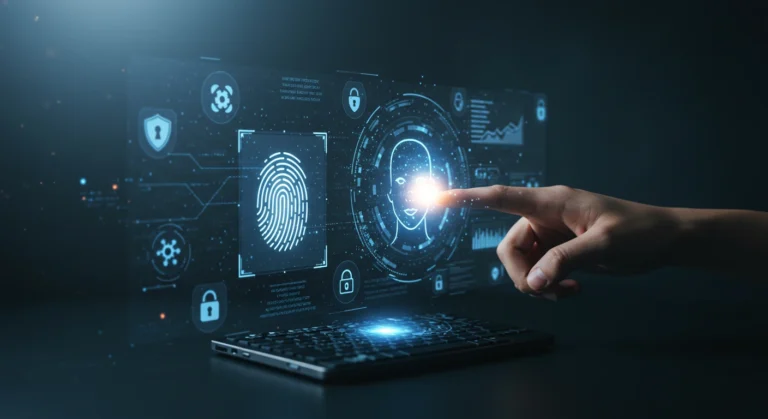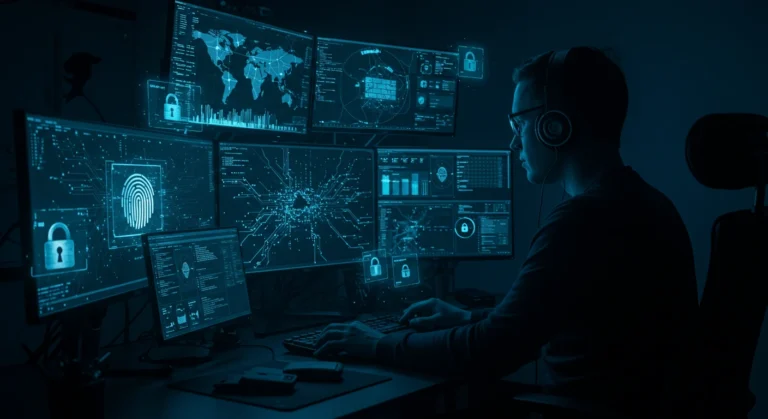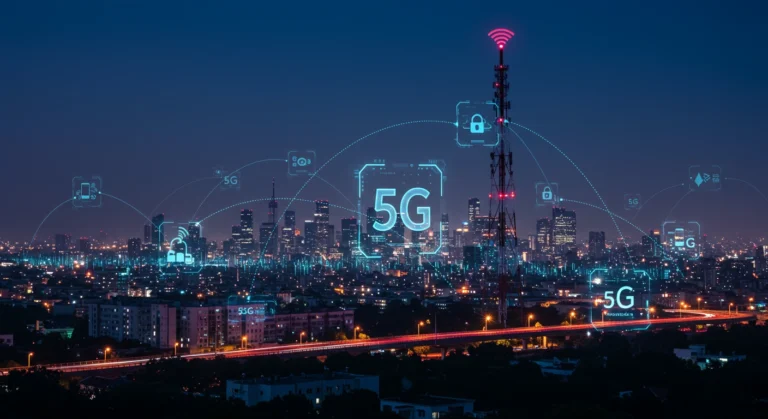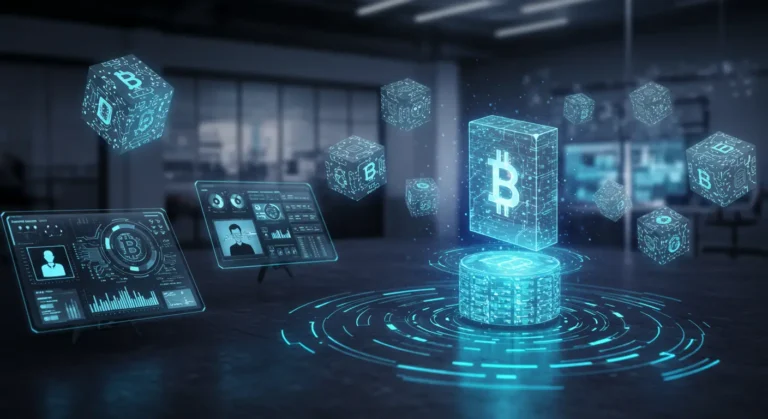Deepfake Technology Risks & Benefits: Stay Safe & Informed
Introduction
In 2025, deepfake technology has evolved into a powerful force shaping media, entertainment, politics, and cybersecurity. While its creative potential is undeniable, deepfakes also pose serious risks — from misinformation to identity theft. In this article, we’ll explore the deepfake technology risks and benefits, examine real-world examples, and share actionable strategies to stay safe and informed.
Table of Contents
What Is Deepfake Technology?
Deepfake technology refers to the use of artificial intelligence (AI) and machine learning (ML) algorithms to create hyper-realistic but fake content. This can include videos, images, audio recordings, and even text. The term “deepfake” is a combination of “deep learning” and “fake.”
What sets deepfakes apart from traditional digital manipulation is their astonishing realism. Advanced algorithms can replicate facial expressions, voice patterns, and subtle human behaviors, making it difficult—even for experts—to distinguish real from fake.
How Deepfake Technology Works
At the core of deepfake technology are Generative Adversarial Networks (GANs). These networks have two components:
- Generator: Creates fake content.
- Discriminator: Evaluates whether the content is real or fake.
The generator improves through countless iterations until the discriminator can no longer tell the difference between authentic and synthetic content.
Today, deepfake technology is fueled by massive datasets and high computing power, allowing it to produce content that can deceive even the most trained eyes.
Benefits and Opportunities of Deepfake Technology
Despite its controversial reputation, deepfake technology offers remarkable advantages:
🎥 Entertainment and Media
- Reviving historical figures for documentaries and films.
- Enhancing dubbing and translations for global movie releases.
- Creating realistic CGI characters without extensive physical setups.
🎮 Gaming and Virtual Reality
- Developing hyper-realistic avatars.
- Enhancing immersive storytelling experiences.
🧠 Education and Training
- Simulating complex scenarios for medical, military, and emergency training.
- Creating customized learning experiences.
🌍 Accessibility and Inclusion
- Generating voiceovers for visually impaired users.
- Developing realistic sign language avatars.
📈 Marketing and Content Creation
- Crafting virtual influencers.
- Personalizing brand narratives at scale.
When used ethically, deepfake technology can revolutionize industries and create new forms of expression and communication.
Risks and Threats of Deepfake Technology
However, the power of deepfake technology also comes with serious risks.
1️⃣ Misinformation and Fake News
Deepfakes can fabricate political speeches, celebrity interviews, or fake news segments, leading to public confusion and misinformation.
2️⃣ Identity Theft and Fraud
Criminals use deepfake technology to impersonate individuals, bypass security systems, and execute sophisticated scams.
3️⃣ Political Manipulation
Deepfake videos can influence elections, sway public opinion, and disrupt democratic processes.
4️⃣ Cybersecurity Threats
Deepfake audio and video can be used to deceive biometric systems and commit fraud.
5️⃣ Psychological and Emotional Harm
Victims of malicious deepfakes often experience stress, anxiety, reputational damage, and emotional trauma.
The risks of deepfake technology are escalating as the tools become more accessible and user-friendly.
How to Detect Deepfakes
While detecting deepfakes is challenging, several strategies and tools can help:
- Visual Clues: Look for inconsistent lighting, unnatural blinking, and facial distortions.
- Audio Inconsistencies: Pay attention to robotic or unnatural voice patterns.
- Metadata Analysis: Check the source and metadata of digital files.
- Detection Tools: Use platforms like Deepware Scanner, Sensity AI, and Microsoft Video Authenticator.
As deepfake technology improves, detection methods must continually evolve.
How to Stay Safe from Deepfake Technology
Here are practical tips to protect yourself and your organization:
🛡 Stay Informed
Regularly follow updates on deepfake technology trends and cybersecurity practices.
🔍 Verify Before Sharing
Cross-check information and use reputable fact-checking services.
👁 Use Detection Software
Employ AI-powered tools to analyze suspicious content.
🔐 Enhance Digital Security
Implement multi-factor authentication and secure personal data.
💡 Educate Others
Raise awareness among family, friends, and colleagues about deepfake risks and safe practices.
By staying vigilant and proactive, you can reduce your vulnerability to the negative impacts of deepfake technology.
Future Outlook: Regulations and Innovation
The future of deepfake technology will depend on a balance between innovation and regulation. Positive trends include:
- Advanced Detection Algorithms: AI tools designed to spot deepfakes with high accuracy.
- Watermarking and Content Authentication: Industry-wide efforts to tag and verify legitimate content.
- Legal Frameworks: Laws like the EU AI Act and the U.S. DEEPFAKES Accountability Act are setting precedents for responsible AI use.
At the same time, creators and technologists are exploring how to harness deepfakes for ethical, creative, and educational purposes.
Final Thoughts
Deepfake technology represents both a challenge and an opportunity. Its potential for creative innovation is vast, but so are its risks. By understanding how deepfakes work, recognizing the dangers, and adopting smart detection and safety practices, individuals and organizations can navigate this complex landscape wisely.
Stay Connected
Stay connected for weekly updates, pins, and expert takes on emerging tech.
→ Twitter | Pinterest | Bluesky | Medium

